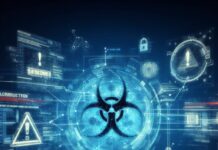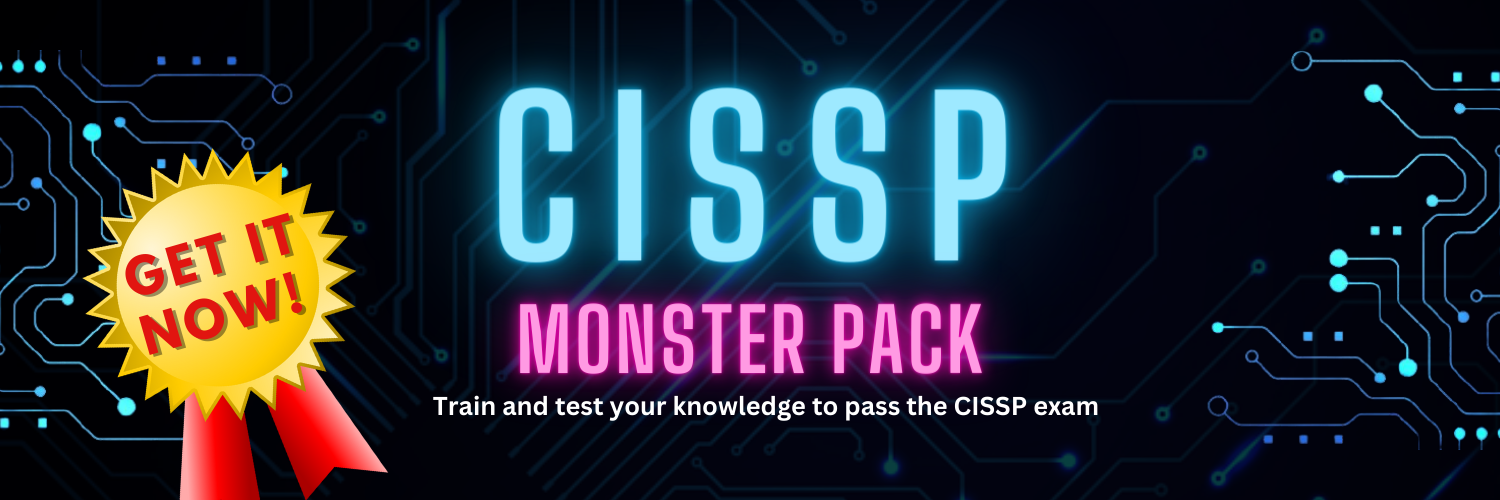In a notable cybersecurity breach, hackers executed a complex spoofing attack on the US Department of Health and Human Services, defrauding the agency of millions. By impersonating legitimate fund recipients, the cyber-criminals adeptly manipulated health department staff through email communications, leading to the unauthorized withdrawal of approximately $7.5 million. This incident has raised significant concerns about the security protocols in place and the vulnerability of government agencies to sophisticated cyber attacks.
Investigation and Immediate Response
The Inspector General’s office has commenced an in-depth investigation into this alarming breach, following a request from the Health and Human Services Department.
The breach centered around the ‘Payment Management System,’ a critical platform used by various federal agencies, including the Pentagon, Treasury Department, White House Administration, NASA, and Small Business Administration. The widespread use of this system highlights the potential risk of similar attacks on other entities within this network.
To address and mitigate these risks, the health department has engaged forensic experts and is collaborating with law enforcement agencies to trace and recover the stolen funds.
Potential Risks and Proactive Measures
The incident underscores the risk of email spoofing attacks targeting other organizations within the interconnected network. To combat these threats, it is essential to foster a heightened sense of cybersecurity awareness among employees and online users.
Key Preventive Strategies:
- Vigilance Against Threats: Continuous education and awareness about potential cyber threats can play a crucial role in preventing similar incidents.
- Encryption Protocols: Implementing strong encryption protocols is vital for safeguarding sensitive information.
- Verification Processes: Thoroughly verifying the identities of recipients before processing transactions is a critical step in preventing fraud.
- Two-Factor Authentication (2FA): Adopting 2FA adds an extra layer of security, making unauthorized access more challenging.
- Antivirus and Firewall Protection: Utilizing reliable antivirus software and firewalls is essential for detecting and preventing malicious activities.
- Robust Passwords: Ensuring the use of strong, unique passwords helps in protecting accounts from unauthorized access.
- Regular Software Updates: Keeping software updated with the latest security patches is crucial in closing vulnerabilities that could be exploited by hackers.
Dimitris is an Information Technology and Cybersecurity professional with more than 20 years of experience in designing, building and maintaining efficient and secure IT infrastructures.
Among others, he is a certified: CISSP, CISA, CISM, ITIL, COBIT and PRINCE2, but his wide set of knowledge and technical management capabilities go beyond these certifications. He likes acquiring new skills on penetration testing, cloud technologies, virtualization, network security, IoT and many more.






